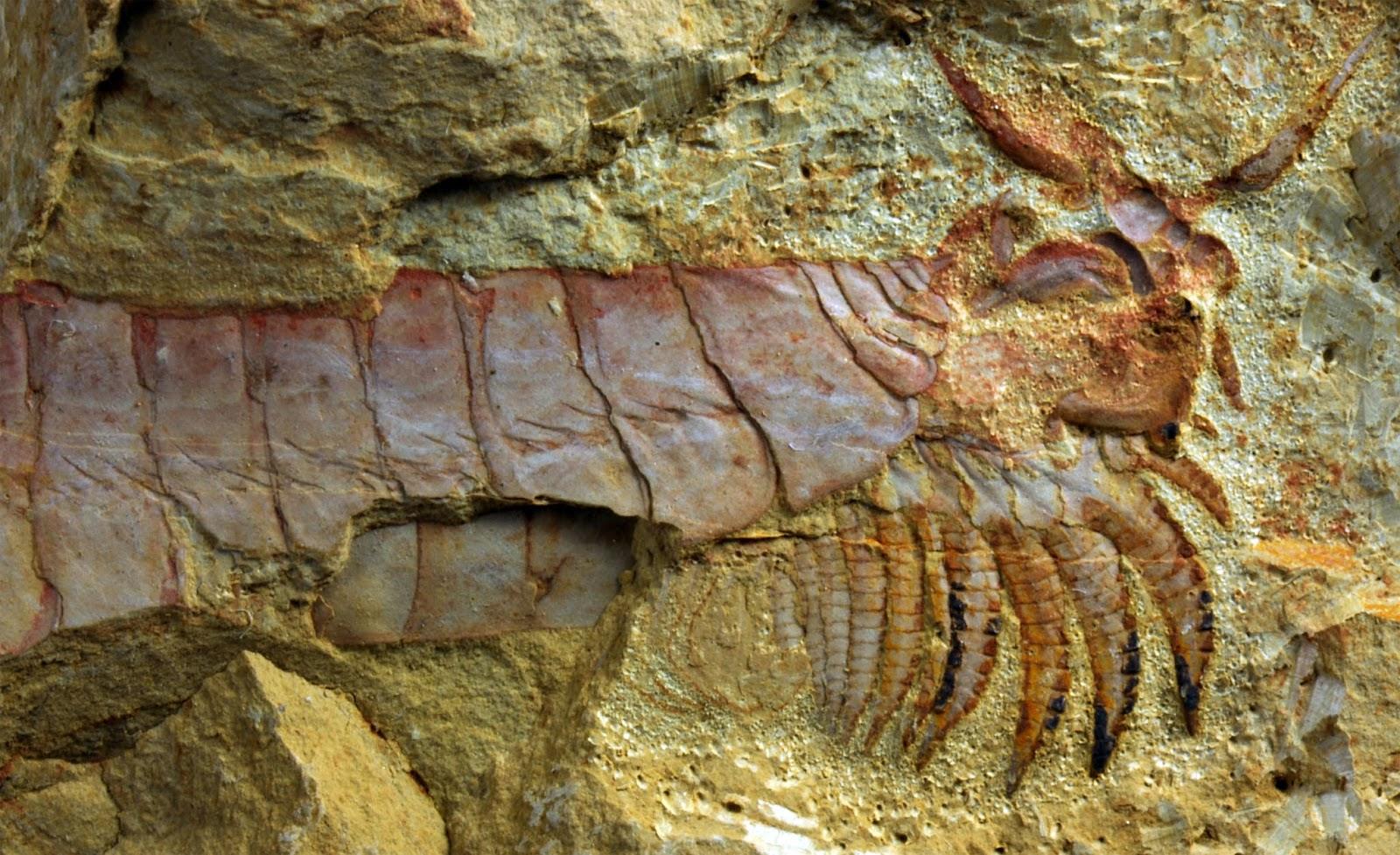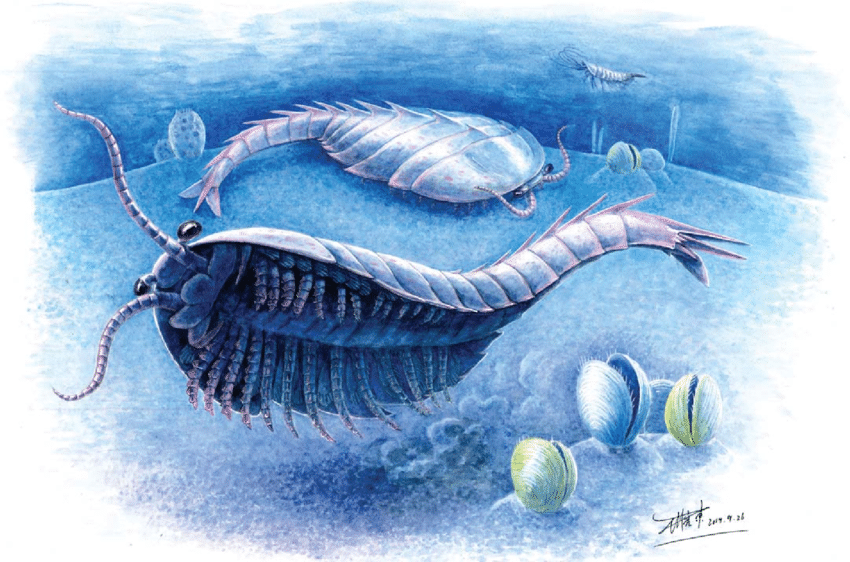A new study reveals that one of the earliest animal fossils ever discovered, fossils of a 520 million-year-old sea creature, has been discovered by scientists.

The fossilized animal, a fuxhianhuiid arthropod, has the earliest example of a nervous system that extended past the head and has primitive limbs under its head.
The ape-like species may have moved around the seafloor using its limbs to push food into its mouth. The limbs could provide insight into the evolution of arthropods, which include insects and crustaceans.
“Since biologists rely heavily on the organization of head appendages to classify arthropod groups, such as insects and spiders, our study provides a crucial reference point for reconstructing the evolutionary history and relationships of the most diverse and abundant animals on Earth,” said the study co-author Javier Ortega-Hernández, an earth scientist at the University of Cambridge, in a statement. “This is as early as we can currently see into arthropod limb development.”
Primordial animal

The fuxhianhuiid lived during the early Cambrian explosion, when simple multicellular organisms rapidly evolved into complex marine life, approximately 50 million years before animals first arose from the sea onto land.
Although a fuxhianhuiid has been discovered before, the fossils were always discovered head-down, with their delicate internal organs hidden beneath a huge carapace or shell.
Nevertheless, when Ortega-Hernández and his colleagues started digging in the southwest China location known as Xiaoshiba, which is rich in fossils, they discovered many examples of fuxhianhuiids whose bodies had been turned around before becoming fossilized. In total, the researchers discovered eight other specimens in addition to an astonishingly preserved arthropod.
These ancient creatures might have been able to swim for brief distances, but they most likely spent their days crawling across the seafloor in search of food. The first jointed animals or arthropods, including some aquatic creatures, likely descended from worms with legs. The finding illuminates the possible evolutionary history of some of the earliest known animal species.
“These fossils are our best window to see the most primitive state of animals as we know them – including us,” Ortega-Hernández said in a statement. “Before that, there is no clear indication in the fossil record of whether something was an animal or a plant – but we are still filling in the details, of which this is an important one.”



